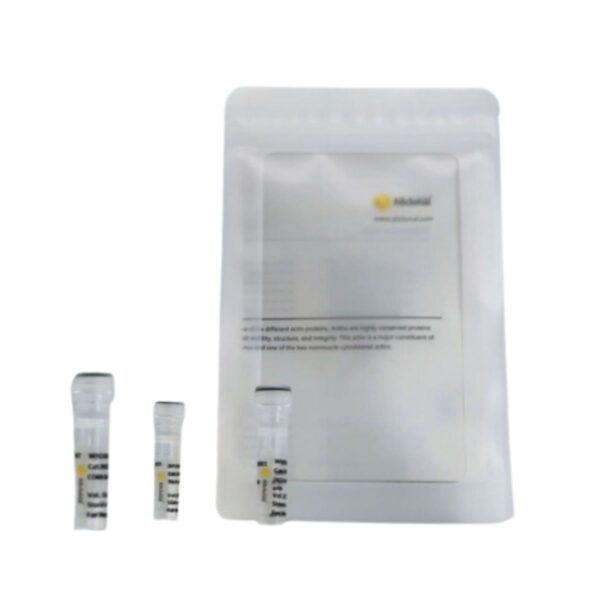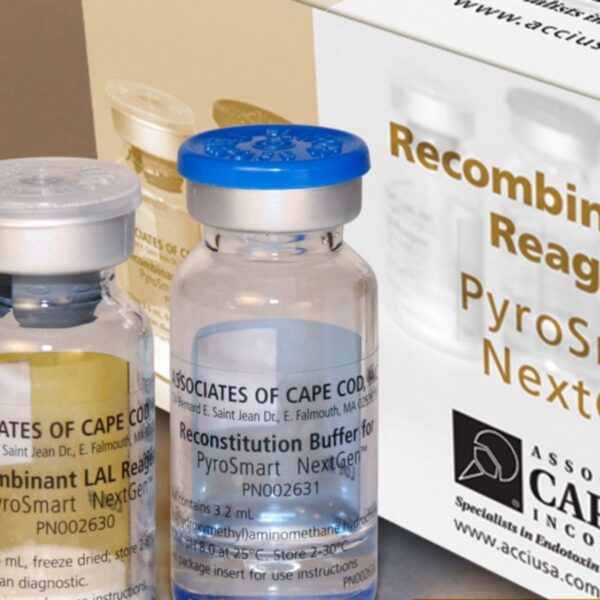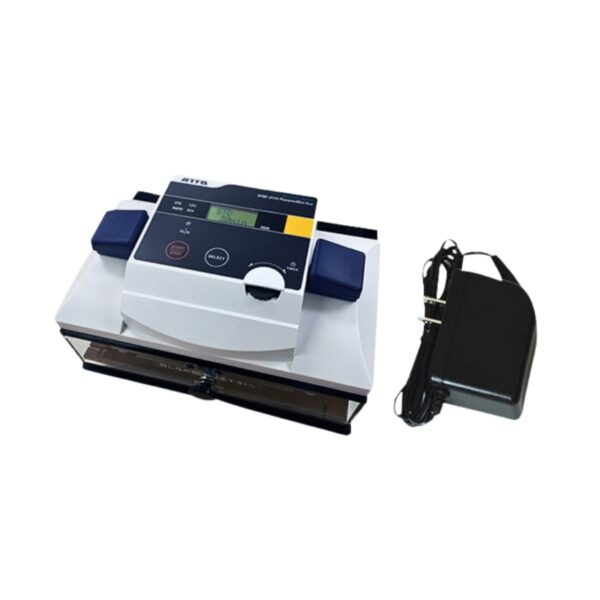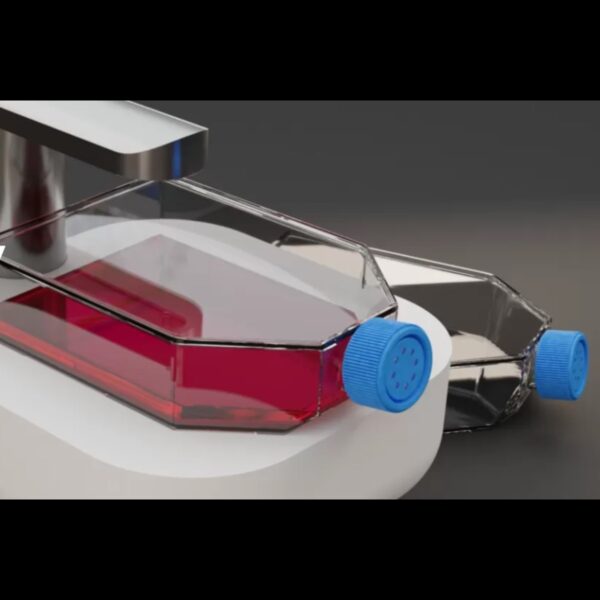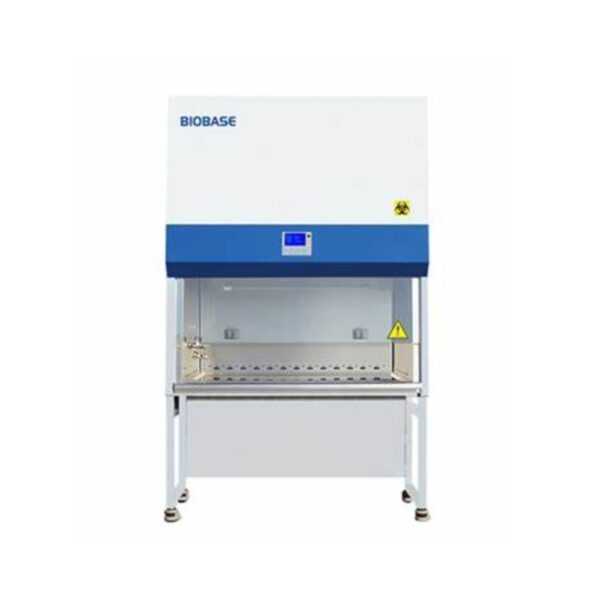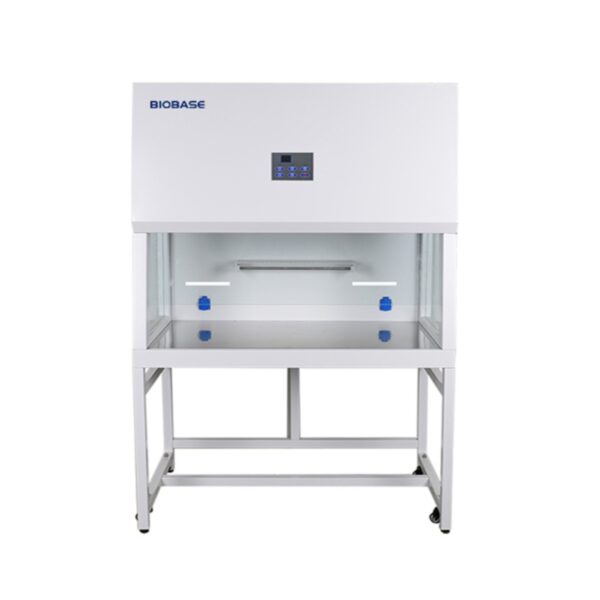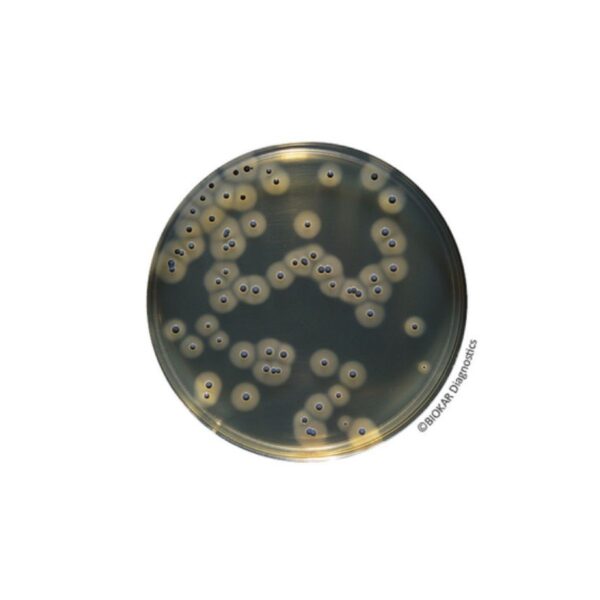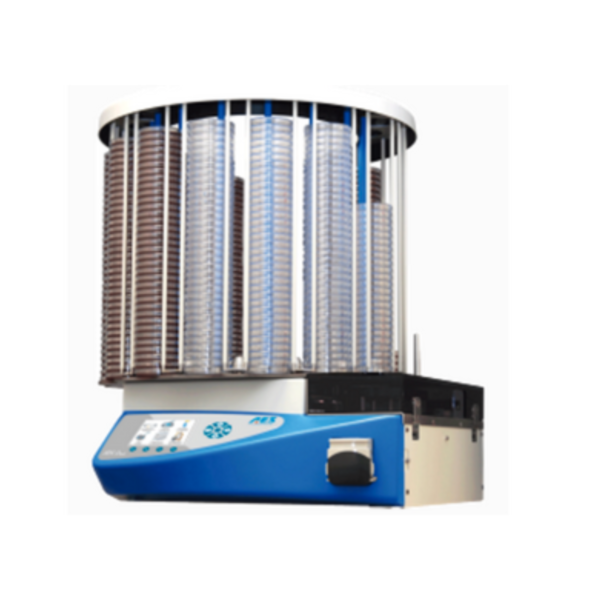Live-cell imaging allows researchers to determine not only whether, but also how and when certain biological events occur in cell culture. In order to achieve the high image quality standards required for data analysis and publications, live-cell …
Live-cell imaging allows researchers to determine not only whether, but also how and when certain biological events occur in cell culture. In order to achieve the high image quality standards required for data analysis and publications, live-cell imaging is performed predominantly using a microscope with a stage top incubation box. However, the culture conditions in the incubation box are more prone to fluctuations, as compared to a dedicated cell culture incubator. Using the Axion Lux3 BR, it is no longer necessary to choose between optimal cell culture conditions and image quality.
Live-cell imaging has become increasingly valuable in the fields of cancer research, drug discovery, immunology, tissue engineering, stem cell research, and 3D cell culture models. Various experimental applications, including cell viability and cell differentiation monitoring, spheroid and organoid characterization, microfluidic chip platforms, cell morphology analysis, single-cell tracking, and angiogenesis monitoring can benefit from detailed kinetic visualization.
